What is fiber optic sensor?
Fiber optic sensing is a technology that measures temperature, sound, vibration, and strain through fiber optic. However, fiber optic itself is a sensor, resulting in thousands of continuous sensor points along with the fiber length.The advantages of fiber optic sensing are high immunity, long-term stability, superior ruggedness, lightweight and compact form factor, intrinsically safe, low cost, discrete interfaces between the fiber and external sensors are not required, real-time/multi-point alarm reporting, and easy deployment.
Applications Scenarios for Fiber Optic Sensing
1. Telecom Cables
2. Infrastructure Monitoring Sensing : pipeline, bridge
3. Fire Detection
4. SHM (Structural Health Monitoring)
5. Oil & Gas
6. Power and Utility
7. Safety and security
8. Industrial
9. Civil Engineering
10. Optical Network Sensing: protect, inspect, or monitor optical fiber networks
11. Transportation
12. Others
Fiber Optic Sensing Types
Fiber optic sensing types include point sensor, quasi-distributed sensor, and distributed fiber optic sensor.
1. Point Sensor
In a point sensor, each sensor is discrete and must be backhauled individually. Point sensor is used in shorter-length deployments. Point sensor is based on fiber Bragg grating (FBG).It can measure parameters at a particular location where there is a FBG with high resolution and sensitivity.

2. Quasi-Distributed Sensor
Quasi-distributed sensing uses several FBG, which are embedded into the fiber. The refractive index of the fiber core is modified such that certain wavelengths of light pass through while others are reflected back toward the source. Each FBG can reflect a specific wavelength, making each one identifiable along the fiber pathway. A quasi-distributed sensing is not sensitive along its entire length of a fiber optic cable, but is locally sensitized at various points.
3. Distributed Fiber Optic Sensor
Distributed fiber optic sensor (DFOS) is a technology that enables continuous measurements along the entire length of a fiber optic cable. It has the following features: sensing element, optical fiber only, high sensitivity, anti-electromagnetic interference, and large measurement range. DFOS application types include distributed temperature sensing (DTS), distributed Acoustic sensing (DAS), and distributed strain sensing (DSS). DTS measures temperature distribution over the length of a fiber optic cable using the fiber itself as the sensing element.DTS represents a cost-effective method for obtaining accurate and high-resolution temperature measurements over a long distance. DAS uses fiber optic to detect acoustic vibration. DSS provides spatially resolved elongation profiles along a fiber-optic sensing cable. By combining multiple sensing cables at different positions in the asset cross-section, DSS is used to compute the asset (device under test) elongation (strain), shape (bending radius and bending direction), twist, etc.
Operating Principle
The principle of the fiber optic sensor is that light will be scattered when it encounters an inhomogeneous medium when propagating in the fiber, and a part of the scattered light will return to the emission point to be received by the analyzer at the emission point. The returned light will undergo changes such as phase shift, and the analyzer can analyze the strain, temperature, sound, etc. measured by the fiber by analyzing these changes.
1. Optical Time Domain Reflectometry (OTDR)
In the OTDR principle, a laser pulse is generated from solid-state or semiconductor lasers and is sent into the fiber. The backscattered light is analyzed for temperature monitoring. From the time it takes the backscattered light to return to the detection unit it is possible to locate the location of the temperature event.
2. Optical Frequency Domain Reflectometry (OFDR)
The OFDR principle provides information about the local characteristics of temperature. This information is only available when the signal is backscattered in the function of frequency. This principle allows for efficient use of available bandwidth. Also, it enables distributed sensing with a maximum updated rate in the fiber.
Scattering Method
1. Raman Scattering Effect
Raman scattering effect is shifted in frequency and energy from that of the incident radiation by the amount of energy gained or lost in the molecule as it scatters energy and relaxes. Raman scattering is used for DTS.
2. Rayleigh Scattering Effect
When light photons are scattered randomly after contacting particles within a fiber, this is known as Rayleigh scattering. Rayleigh scattering is used for DAS.
3. Brillouin Scattering Effect
Brillouin scattering effect describes the interaction of an electromagnetic field (photon) with a characteristic density variation of the fiber. Brillouin scattering is used for DSS.
4. Fiber Brag Grating
A fiber Bragg grating (FBG) is a microstructure within the core of a fiber optic comprising a periodic modulation of the refractive index of the underlying glass material. If broadband light guided within the core hits on this periodic microstructure one specific wavelength gets reflected and all other wavelengths of the guided broadband light can pass unhindered. An FBG has unique characteristics to act as a strain and temperature sensor.
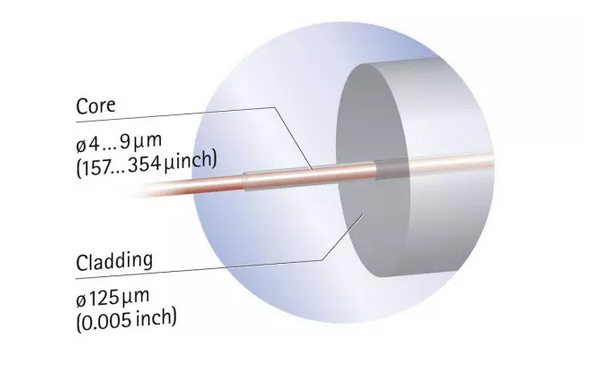
Fiber Optic Sensor Cable
Fiber optic sensor cables can be used for data transmission, measures temperature, sound, vibration, and strain. Fiber optic sensor cables are available with a single mode (SM) and multimode (MM) fibers or a combination of both [5]. For MM fibers, a core of 50 µm or 62.5 µm diameter is chosen, which enables significantly more light to travel in the core than in SM fibers. At the present time, a 50 µm core is preferred over 62.5 µm in most cases and has become the established standard for MM fibers. Furthermore, MM fibers have a graded index (GI) of their cross-section. This means that the transition in the index of refraction is gradual between the cladding and the core, as opposed to step-index fibers, where the refractive index sharply decreases from the core to the cladding (mostly used for SM fibers). The SM fibers have a small core of 9 µm in diameter. By allowing light to propagate in only one mode, modal dispersion is minimized. MM fiber is used for DTS and SM fiber is used DAS. The key features of fiber optic sensor cables are precise localization of events, Temperature, strain, vibration, and acoustic measurement, immune to electromagnetic interference (EMI), suitable for use in explosive hazard areas, and small, flexible, and purely passive sensor element.
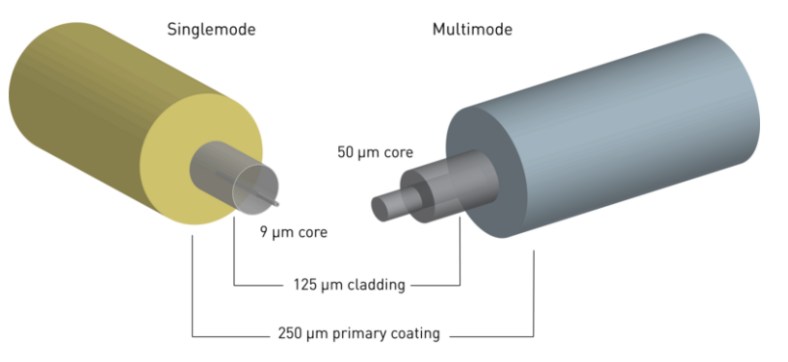


 Position :
Home>
News & Tutorial
>Products
Position :
Home>
News & Tutorial
>Products
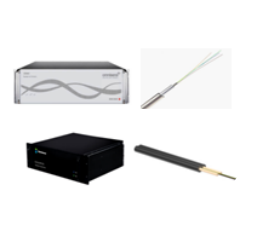
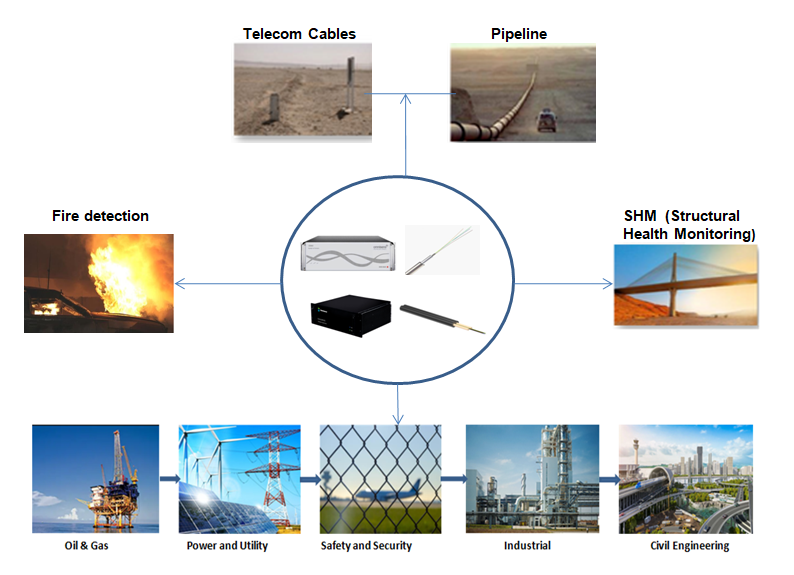



 Position :
Home
>Products
Position :
Home
>Products

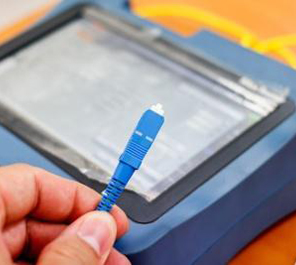
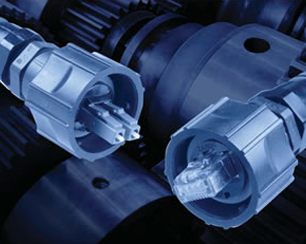




 ics@suntelecom.cn
ics@suntelecom.cn  +86 18964888554
+86 18964888554 Building No.145, Lane 666 Xianing Road, Jinshan Industrial Zone, Shanghai 201506, China
Building No.145, Lane 666 Xianing Road, Jinshan Industrial Zone, Shanghai 201506, China